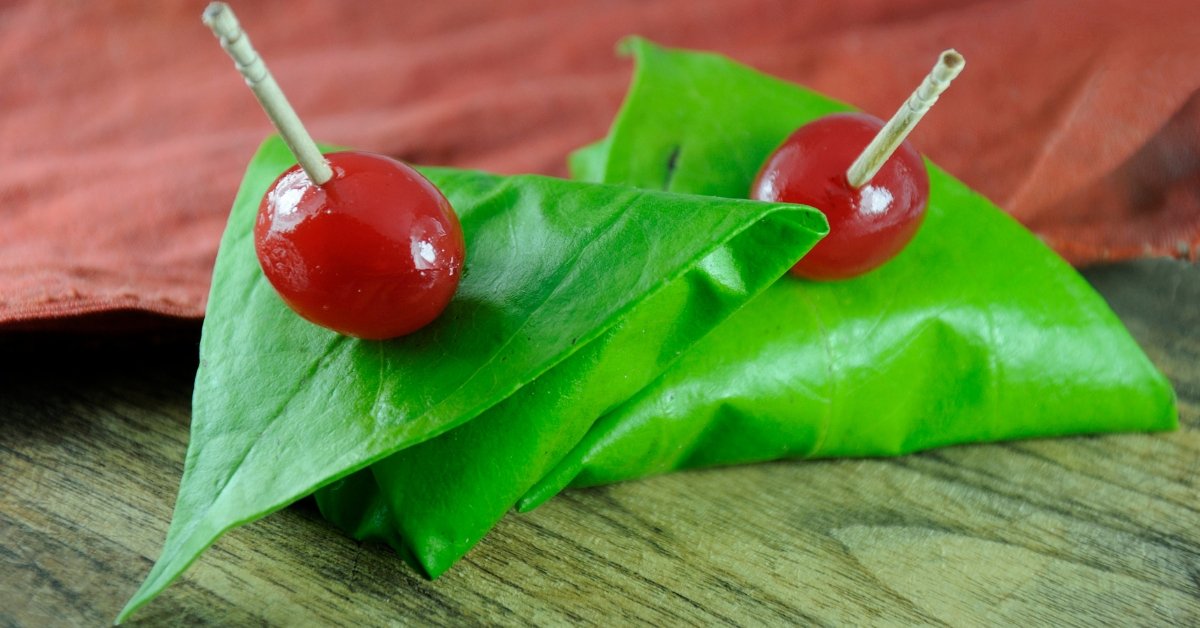Explore the Ancient origins of paan supari, its journey to India, cultural roles in festivals and weddings, tasty varieties, recipes, health insights, and modern trends.
Table Of Contents
Paan Supari (Betel Nut)
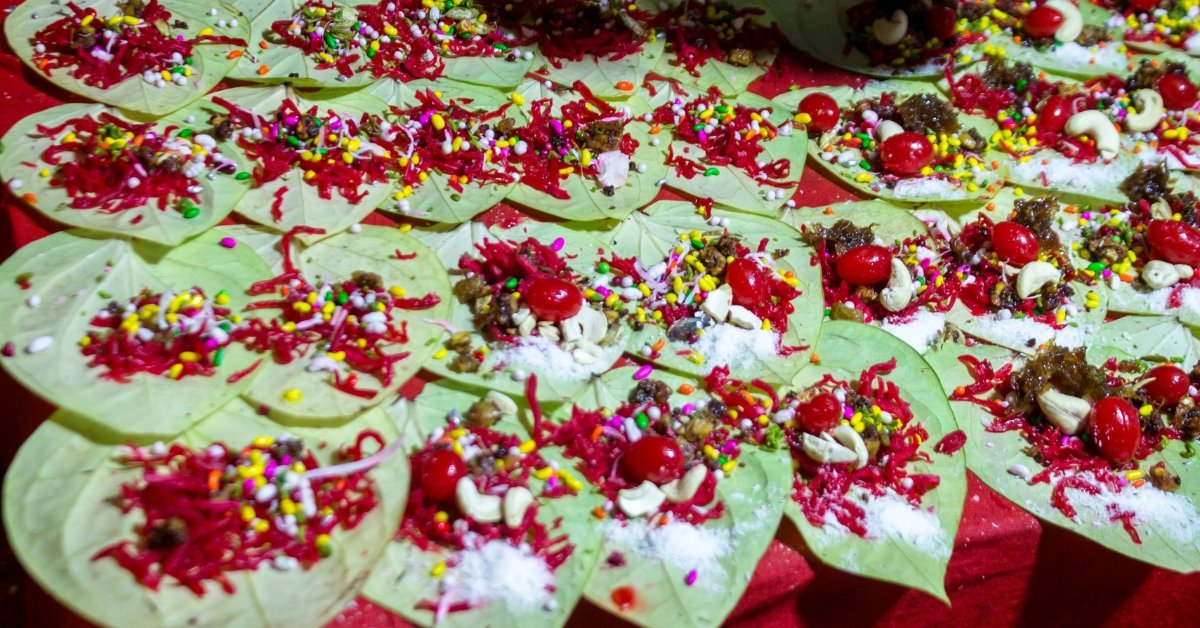
Hey there, folks!
If you have ever wandered the bustling streets of India, you have probably spotted those vibrant green leaves wrapped around a mix of nuts and spices, right?
That is paan supari for you, a chewable delight that’s more than just a mouth freshener.
It is a slice of history, a symbol of hospitality, and a cultural icon that’s been around for millennia.
At THOUSIF Inc. – INDIA, we are passionate about exploring global traditions.
Today, we are diving deep into how this humble betel leaf and areca nut combo came to India.
Trust us, it is a story packed with ancient migrations, royal feasts, and controversy.
Whether you are a paan enthusiast or just curious, stick around.
We will cover everything from its Southeast Asian roots to modern twists, with plenty of tips on making your own at home.
Let us chew on this together!
A Quick Peek Into Paan Supari (Betel Nut): What Is It Exactly?
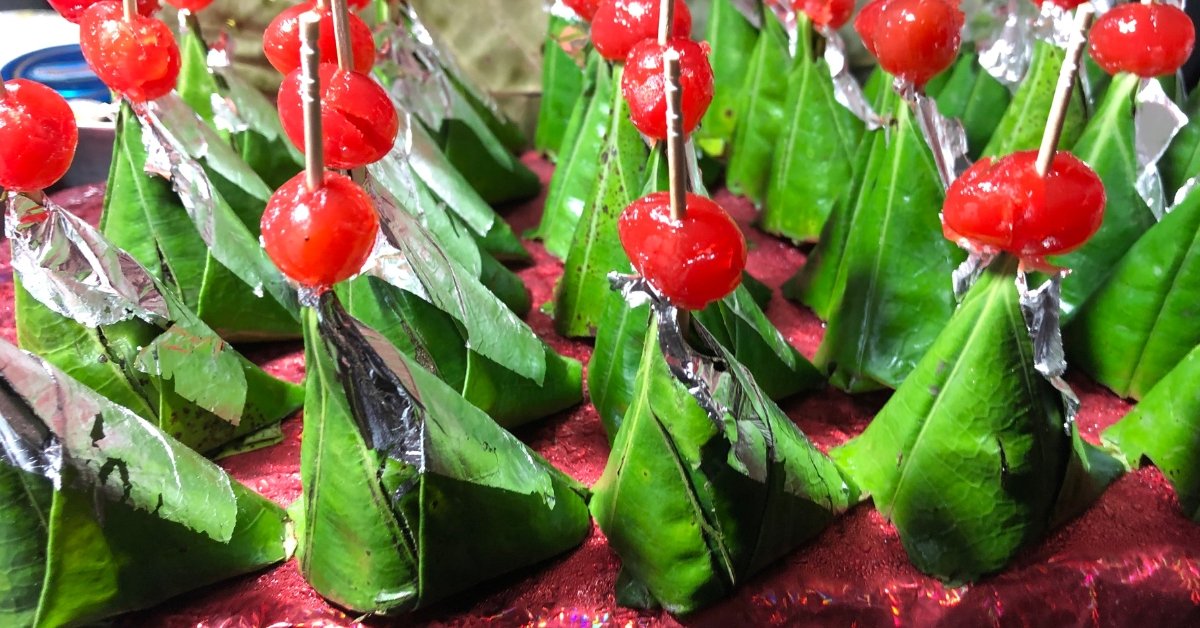
Before we jump into the history, let us break it down simply.
Paan refers to the betel leaf (from the Piper betle vine), while supari is the areca nut (from the Areca catechu palm).
They are often combined with slaked lime (chuna) and flavourings like cardamom, cloves, or even rose petal jam (gulkand).
You fold it all into a neat little packet, chew it slowly, and spit out the remnants, though in polite company, we try to avoid the red stains on sidewalks!
This is not just a random snack; the areca nut has a mild stimulating effect, acting like a natural pick-me-up.
It is synonymous with after-meal refreshment in India, but its story starts far away.
Imagine ancient traders sailing across oceans, carrying not just goods but entire cultural practices.
That is how paan supari landed on our shores.
The Ancient Origins: Born In Southeast Asia’s Tropical Heartlands
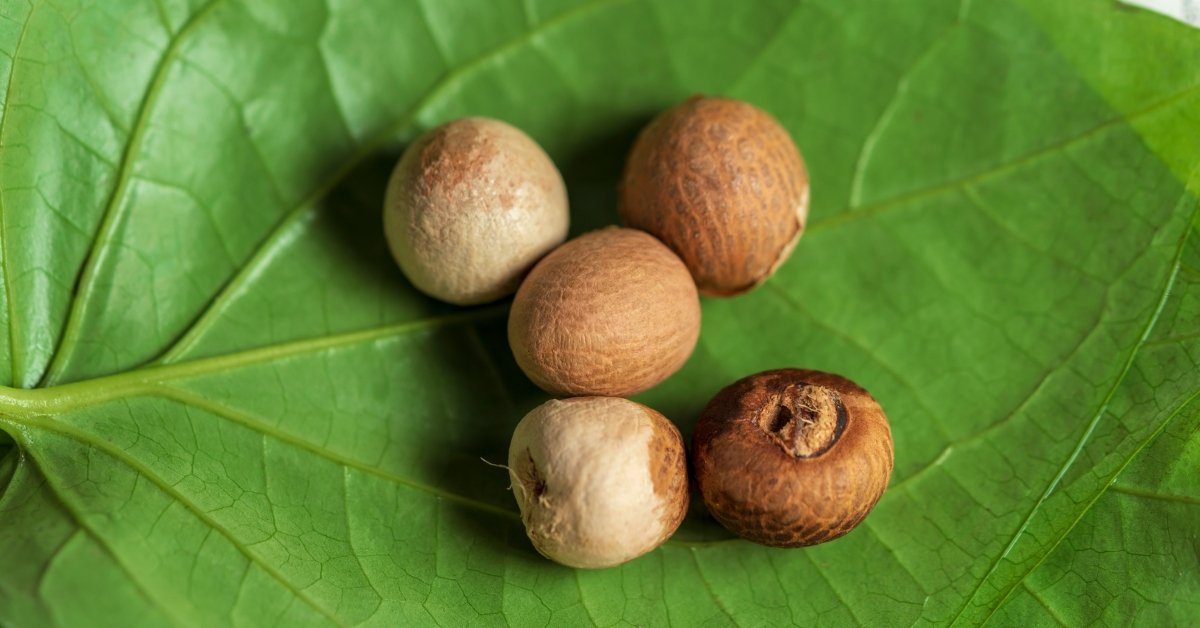
We have always been fascinated by everyday items’ epic backstories, and paan supari is no exception.
Picture this: around 4,000 years ago, in the lush islands of the Philippines, Malaysia, and Indonesia, people were already chewing on betel leaves and areca nuts.
Archaeological digs, like the one at Duyong Cave in Palawan, Philippines, reveal skeletons from around 2680 BCE with teeth stained red, a telltale sign of betel chewing.
They even found lime-containing shells nearby, showing the full quid was in play.
The areca palm is native to the Philippines and thrives in humid, tropical climates.
The betel vine is from the Malay Peninsula and surrounding areas.
Originally, these plants did not grow wild in India; they were brought here.
Linguistic clues and botanical studies point to the Austronesian peoples, early seafarers who expanded across the Indo-Pacific around 3000 BCE.
They brought their chewing habit, along with outrigger boats and other innovations.
To organise this timeline, here is a handy table of key milestones in paan supari’s global origins:
| Period | Event | Location |
|---|---|---|
| 4600 BP (2600 BCE) | Earliest evidence of betel quid use in burials | Philippines (Duyong Cave) |
| 3600-2500 BP | Spread via Lapita culture in archaeological remains | Oceania and Southeast Asia |
| 3500 BP (1500 BCE) | Introduction to South India and Sri Lanka through trade | Indian subcontinent |
| 3000-2500 BP | Widespread in Mainland Southeast Asia | Thailand, Vietnam, Cambodia |
| 1500 BP (500 CE) | Reaches Northern India during the Gupta era | Northern plains and Kashmir |
It is mind-blowing how this practice hopped islands and continents.
By the time it hit Madagascar around 600 BP, it had become a staple in rituals and daily life across Asia.
The Journey To India: Trade Routes And Cultural Exchanges
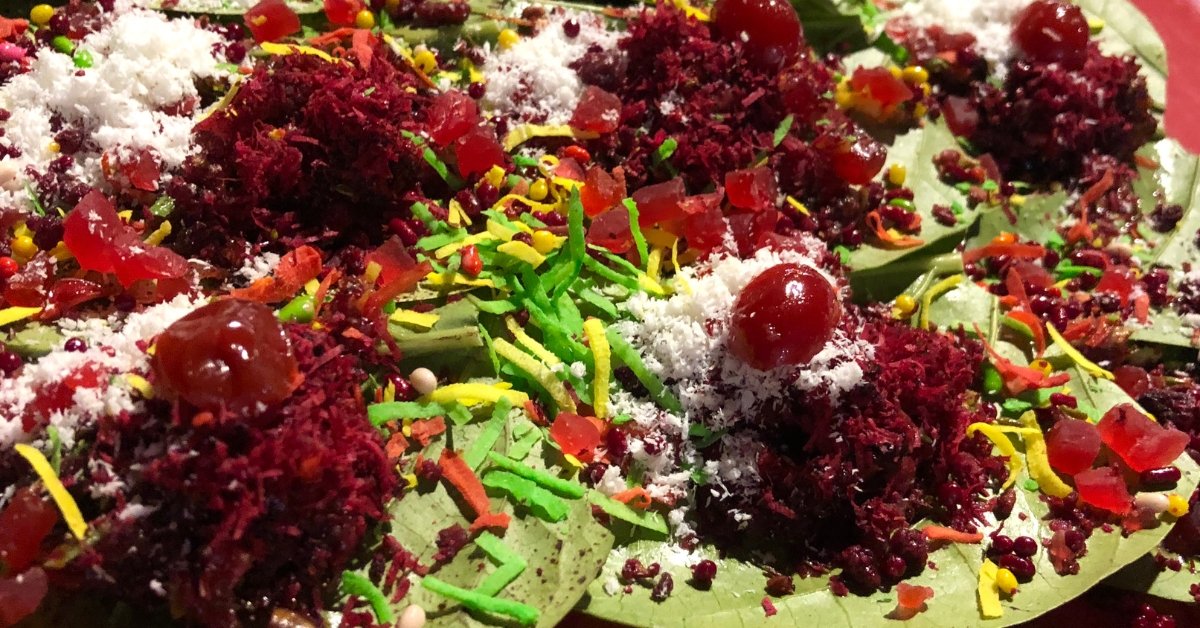
So, how did paan supari cross the seas to India?
It all boils down to ancient maritime networks.
Around 1500 BCE, Austronesian traders from Sumatra, Java, and the Malay Peninsula sailed to India’s southern coasts, bringing plants, animals, and customs.
These were not just random voyages but part of the Neolithic expansion, which introduced technologies like advanced boating.
In South India and Sri Lanka, it took root first among Dravidian communities.
Think coastal Kerala or Tamil Nadu, where “thamboolam”, a mix of betel leaf, areca nut, and coconut, became a guest-welcoming ritual.
From there, it spread northward.
By the Gupta period (300-500 CE), it was in elite circles, mentioned in Sanskrit texts like the Kama Sutra as a post-love aid for fresh breath and digestion.
Historical records paint a vivid picture.
Ancient Ayurvedic texts, such as the Charaka Samhita, praise betel for its medicinal perks.
Mughal emperors elevated it to an art form, think extravagant preparations in royal courts.
In Awadh (modern Lucknow), the “palang tod” paan was invented during Nawabi rule, known for its potent mix that could “break the bed” with its aphrodisiac vibes.
As it integrated, paan supari evolved.
In Hinduism, it is auspicious offered in pujas, weddings, and festivals like Diwali.
In Buddhism, it symbolises prosperity.
Regions like West Bengal, Bihar, Assam, and Uttar Pradesh became production hubs, with Banaras (Varanasi) famous for its varieties.
Here is a table comparing regional introductions and adaptations:
| Region | Timeline | Adaptations |
|---|---|---|
| South India (e.g., Kerala, Tamil Nadu) | ~1500 BCE via Dravidian contacts | Thamboolam ritual; coconut added for hospitality |
| Sri Lanka | ~1500 BCE | Integrated into Buddhist ceremonies |
| Northern India (e.g., Uttar Pradesh) | ~500 CE (Gupta era) | Royal varieties like Banarasi, Mughal influences |
| Eastern India (e.g., Bengal, Assam) | Post-500 CE | Paan-tamul for respect; Bihu festival staple |
| Kashmir | Later, via trade | Milder versions without tobacco |
This spread was not just about chewing; it wove into India’s social fabric, from street vendors to palace banquets.
Cultural Significance: From Weddings To Everyday Hospitality
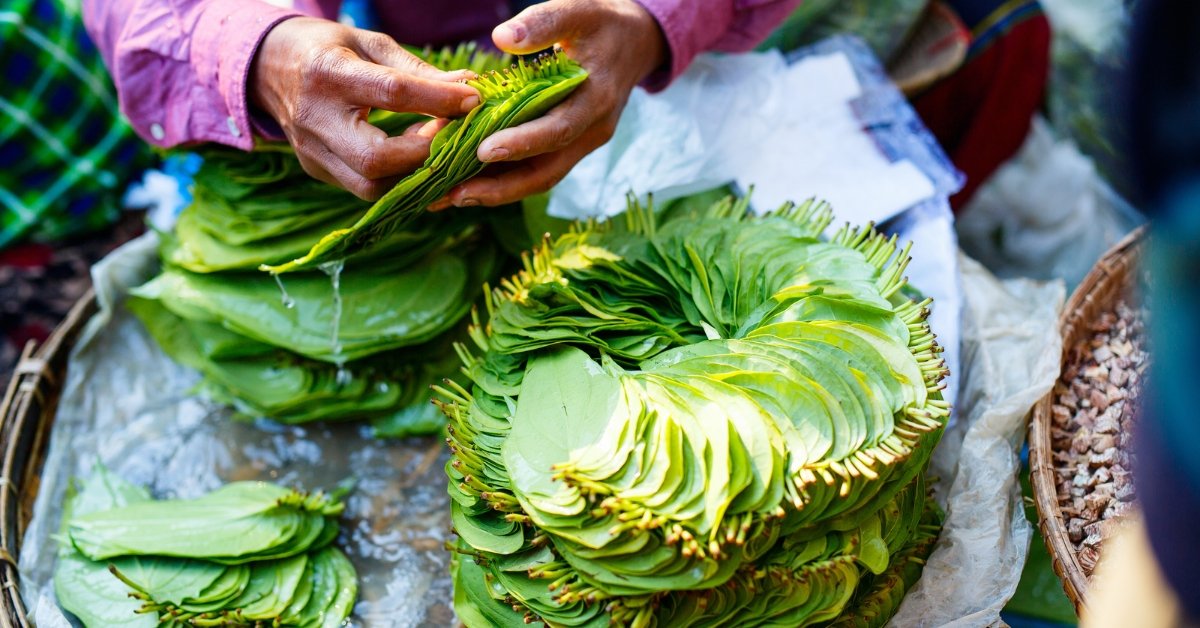
Paan supari is not just food but emotion wrapped in a leaf.
In Indian culture, offering paan is like saying, “You are welcome here.”
At weddings, loyalty and bliss are symbolised by the betel leaf and areca nut represent an inseparable bond, much like a married couple.
In Bengali weddings, the bride covers her face with betel leaves during rituals, signifying modesty.
Festivals?
Paan shines.
During Diwali or Pongal, it is part of the offerings to deities.
In Assam’s Bihu, paan-tamul is given for blessings and fertility.
Even daily, a “paanwala” kiosk is a social hub where folks chat over a fresh wrap.
Mythology Adds Layers: Legends say betel emerged during the churning of the ocean (Samudra Manthan), with deities like Shiva and Parvati planting its seeds in the Himalayas.
Planets and gods are believed to reside in the leaf Indra, Saraswati, Vishnu, you name it.
In Muslim communities, it is common too, though some sects avoid tobacco variants.
Across borders, it is adapted in Bangladesh, it is “Bengali chewing gum,” with ornate paandani plates for women.
To highlight its roles, check this table:
| Occasion | Role | Examples |
|---|---|---|
| Weddings | Symbol of union and blessings | Tamboolam exchange; bride’s veil in Bengal |
| Festivals | Auspicious offering | Diwali puja; Bihu respect gesture |
| Rituals | Divine tribute | Hanuman worship; tantric Shakti offerings |
| Social | Hospitality marker | Guest welcome; after-meal freshener |
| Daily | Community bond | Paan shops as chat spots |
It is this versatility that keeps paan alive in our hearts.
Varieties Galore: From Classic To Modern Twists
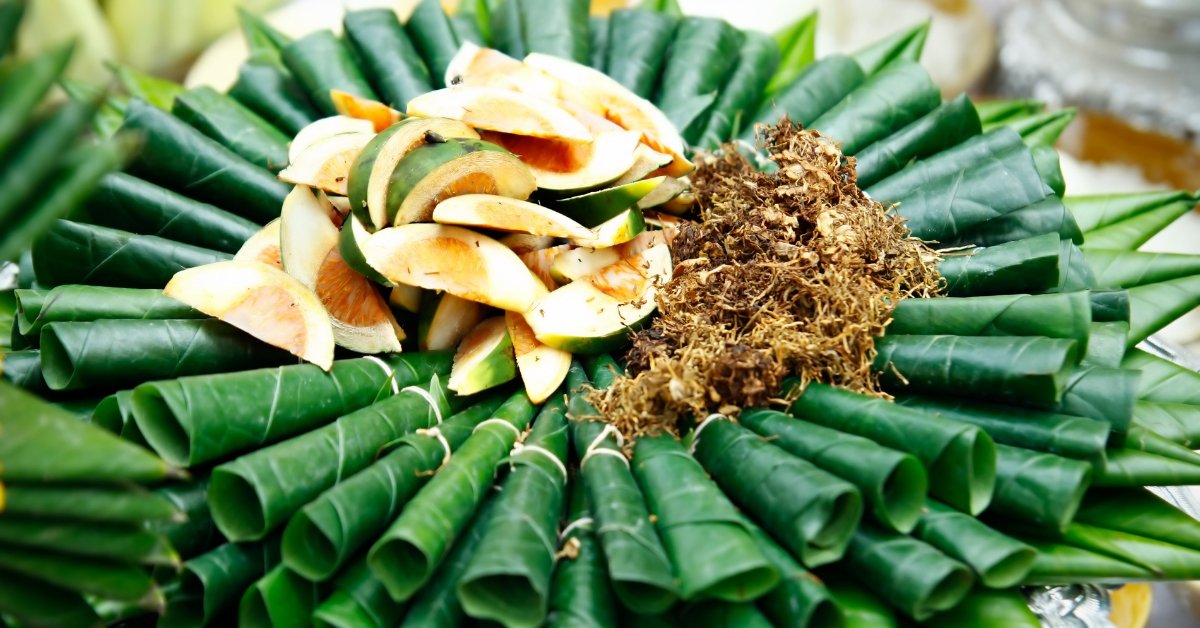
India’s paan scene is diverse – over 32 betel leaf types alone!
Classics include meetha (sweet), sada (plain), and tambaku (with tobacco).
However, innovation rules: chocolate paan for kids, fire paan for thrill-seekers (lit with cloves!), and even ice paan.
Famous ones: Banarasi (spicy, no tobacco), Magahi (from Bihar, GI-tagged for its flavour), and Calcutta (aromatic with saffron).
In the south, it is milder; the north adds more supari.
Here is a table of popular varieties:
| Variety | Ingredients | Flavor | Region |
|---|---|---|---|
| Meetha Paan | Gulkand, dates, coconut, fennel | Sweet, floral | Pan-India |
| Banarasi Paan | Supari, cardamom, saffron, no tobacco | Spicy, aromatic | Uttar Pradesh |
| Fire Paan | Supari, coconut, cloves (lit briefly) | Smoky, intense | Urban stalls |
| Chocolate Paan | Chocolate spread, tutti frutti, nuts | Sweet, modern | Cities like Mumbai |
| Tambaku Paan | Tobacco, kattha, lime | Strong, addictive | Northern India |
| Magahi Paan | Mild supari, gulkand | Subtle, premium | Bihar |
Each tells a story of regional tastes.
Recipes: Whip Up Your Paan At Home
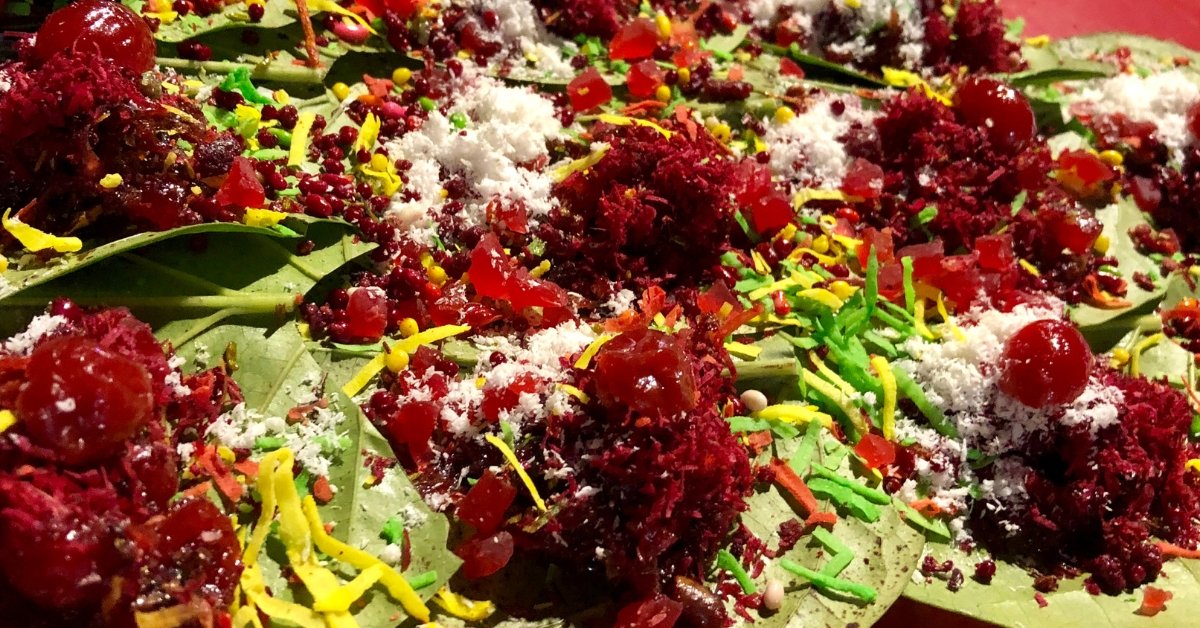
Fancy making paan?
It is easy and fun.
Start with fresh betel leaves, wash them, and remove the stems.
Basic Prep: Spread lime on the leaf, add fillings, and fold into a triangle.
Let us detail a few recipes.
These serve 4-6 paans each.
Classic Meetha Paan Recipe
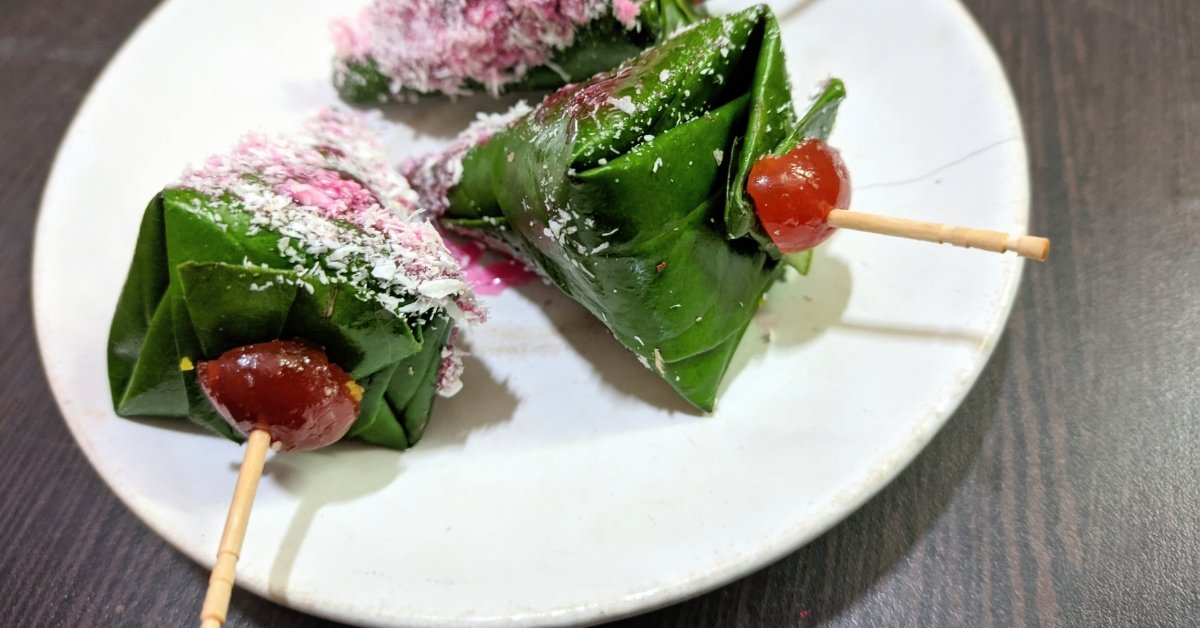
Ingredients:
- 6 betel leaves
- 2 tbsp gulkand
- 1 tbsp chopped supari
- 1 tsp fennel seeds
- 1 tsp cardamom powder
- 2 tbsp shredded coconut
- 1 tsp slaked lime
- Optional: Dried dates, cloves
Steps:
- Spread a thin layer of lime on each leaf.
- Add a spoonful of gulkand in the centre.
- Sprinkle supari, fennel, cardamom, coconut, and dates.
- Fold into a cone or triangle, secure with a clove.
- Chew fresh – it is digestive heaven!
Chocolate Paan Recipe (Modern Twist)
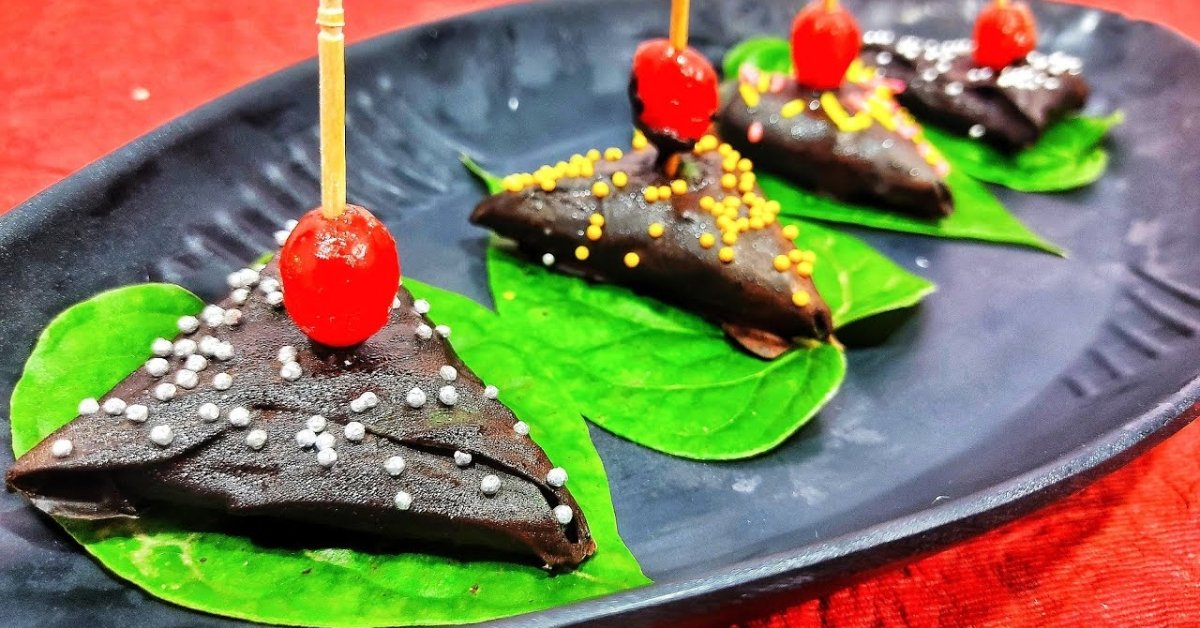
Ingredients:
- 6 betel leaves
- 2 tbsp hazelnut or chocolate spread
- 1 tbsp gulkand
- 1 tbsp chocolate chips
- 1 tbsp tutti frutti
- 1 tsp supari powder
- Shredded coconut for garnish
Steps:
- Apply chocolate spread on the leaf.
- Mix gulkand, chips, frutti, and supari; place in the centre.
- Fold tightly.
- Chill for 10 minutes – kids love this!
Fire Paan Recipe (For The Adventurous)
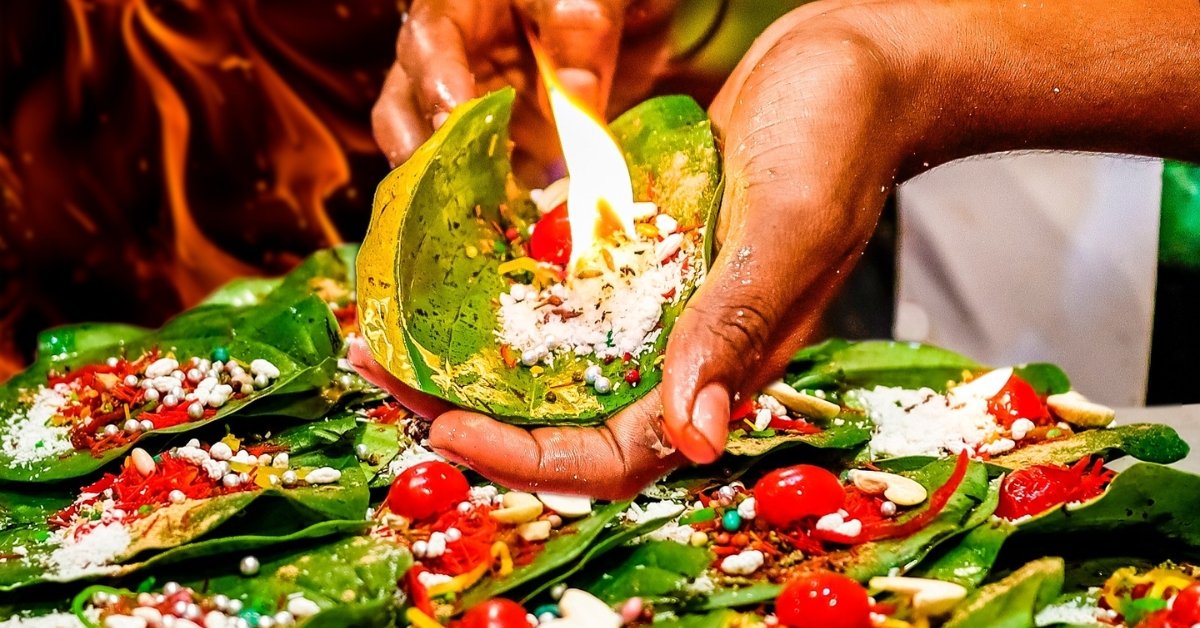
Ingredients:
- 6 betel leaves
- 2 tbsp gulkand
- 1 tbsp chopped supari
- 1 tbsp powdered coconut
- Cloves for lighting
- Almonds, cashews
Steps:
- Fill the leaf with gulkand, supari, and nuts.
- Fold, insert a clove.
- Light the clove briefly – chew once flame dies (saliva protects!).
- Thrilling, but handle with care.
For a non-chew option, try paan shots: Blend betel leaves with milk, gulkand, and thandai powder for a refreshing drink.
Table of basic ingredients across recipes:
| Ingredient | Purpose | Common |
|---|---|---|
| Betel Leaf | Wrapper/base | 1 leaf |
| Supari | Stimulant/crunch | 1 tsp chopped |
| Slaked Lime | Binder/activator | 1/4 tsp |
| Gulkand | Sweetener | 1 tsp |
| Fennel/Cardamom | Tobacco, chocolate, and fruits | 1/2 tsp each |
| Optional Add-ins | Variety | Tobacco, chocolate, fruits |
Experiment safely; fresh ingredients are key.
Health Aspects: The Good, The Bad, And The Balanced View

In Ayurveda, paan is a superstar: It aids digestion, freshens breath, and has antimicrobial properties.
Betel leaf balances Vata and Kapha doshas, stimulates saliva, and even acts as an aphrodisiac.
Studies back some perks – like anti-inflammatory effects from betel.
However, let us be real: Modern concerns are serious.
Adding tobacco links it to oral cancer.
India sees high rates due to this.
Areca nut alone can cause submucous fibrosis, a precancerous condition.
Excessive chewing leads to stained teeth, ulcers, and heart issues.
Recent studies (up to 2025) show that betel quid raises risks for liver fibrosis and metabolic syndrome.
The flip side?
Tobacco-free versions are safer.
Moderation is key – like one post-meal paan without additives.
Table of pros and cons:
| Benefits | Risks |
|---|---|
| Digestion aid (enzymes in leaf) | Oral cancer (with tobacco) |
| Breath freshener (antibacterial) | Submucous fibrosis (areca nut) |
| Mood booster (mild stimulant) | Addiction (tobacco variants) |
| Anti-inflammatory (Ayurvedic) | Stained teeth/gums |
| Energy lift | Heart/liver strain |
Consult docs if you are a regular chewer.
Modern Trends: Innovations, Bans, And The Future
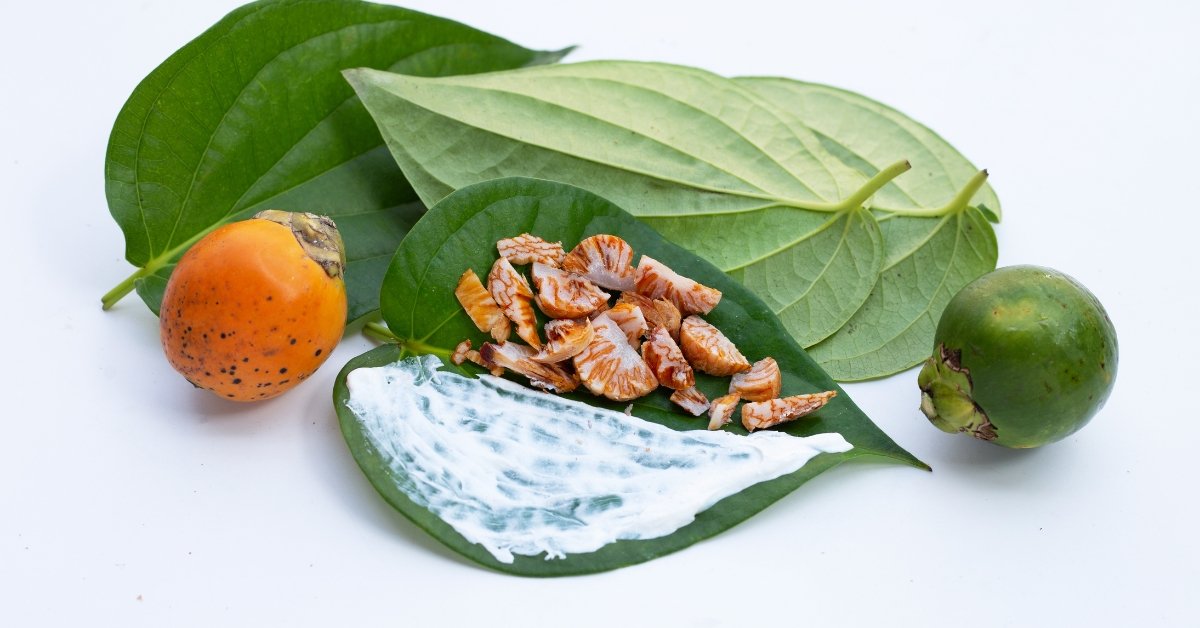
Paan’s evolving!
Urban stalls offer gourmet twists like paan ice cream or shots.
However, challenges loom: Farming is declining due to water scarcity and low profits – betel gardens in Uttar Pradesh have shrunk drastically.
Gutkha (tobacco mix) boomed, but bans in 24 states curbed it, though black markets persist.
Health campaigns target spitting – Mumbai’s god-painted walls deter it.
Spending on paan/tobacco rose in 2022-23 surveys, but awareness grows.
Exports face bans in the UAE/Singapore.
Innovations: Liquid nitrogen paan (smoky, but risky – a 2024 Bengaluru case saw stomach damage).
Paan masala (dried packets) is popular, but watch for additives.
Wrapping It Up: Chew On Tradition, Mindfully
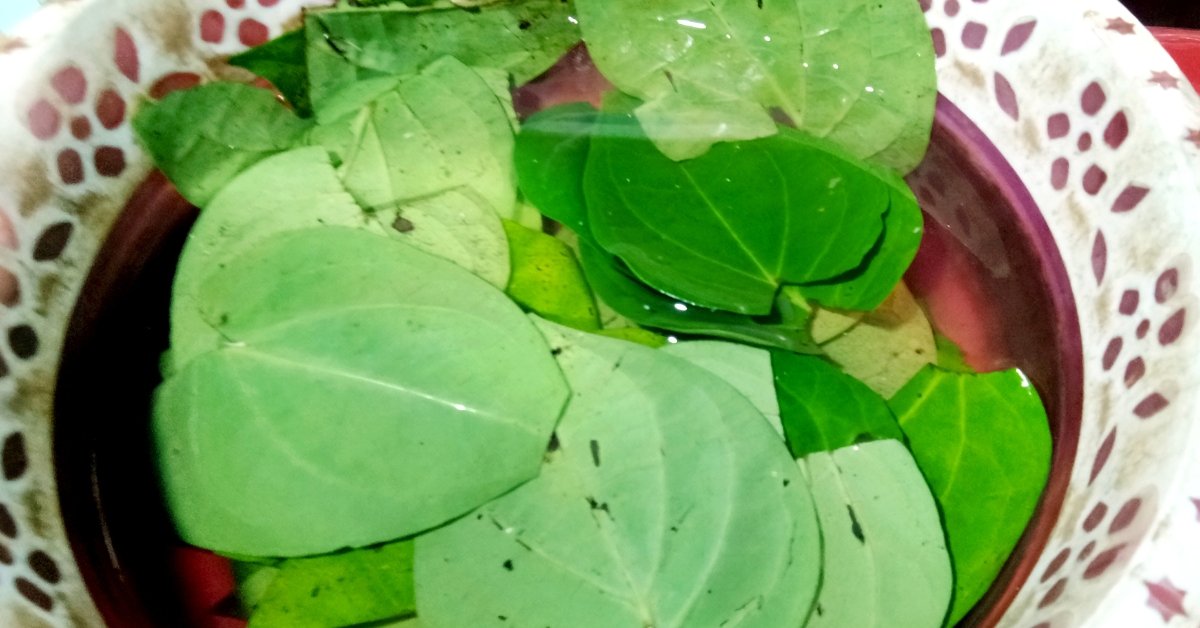
Whew, what a journey – from Southeast Asian caves to Indian weddings, paan supari’s tale is as flavorful as the leaf itself.
At THOUSIF Inc. – INDIA, we celebrate these global stories that connect us.
Whether you fold a simple meetha paan or try a chocolate version, remember its roots and enjoy responsibly.
Got a favourite variety?
Share in the comments!
Moreover, explore more cultural gems on our site, from spice routes to festival foods.
Until next time, stay curious and keep traditions alive.
Cheers!
Trivia
Did you know paan is mentioned in the Kama Sutra as essential for lovers? Or that Mughal cookbooks like Nimatnama detail royal recipes? Fun fact: Over 55% of global areca nut comes from India!
